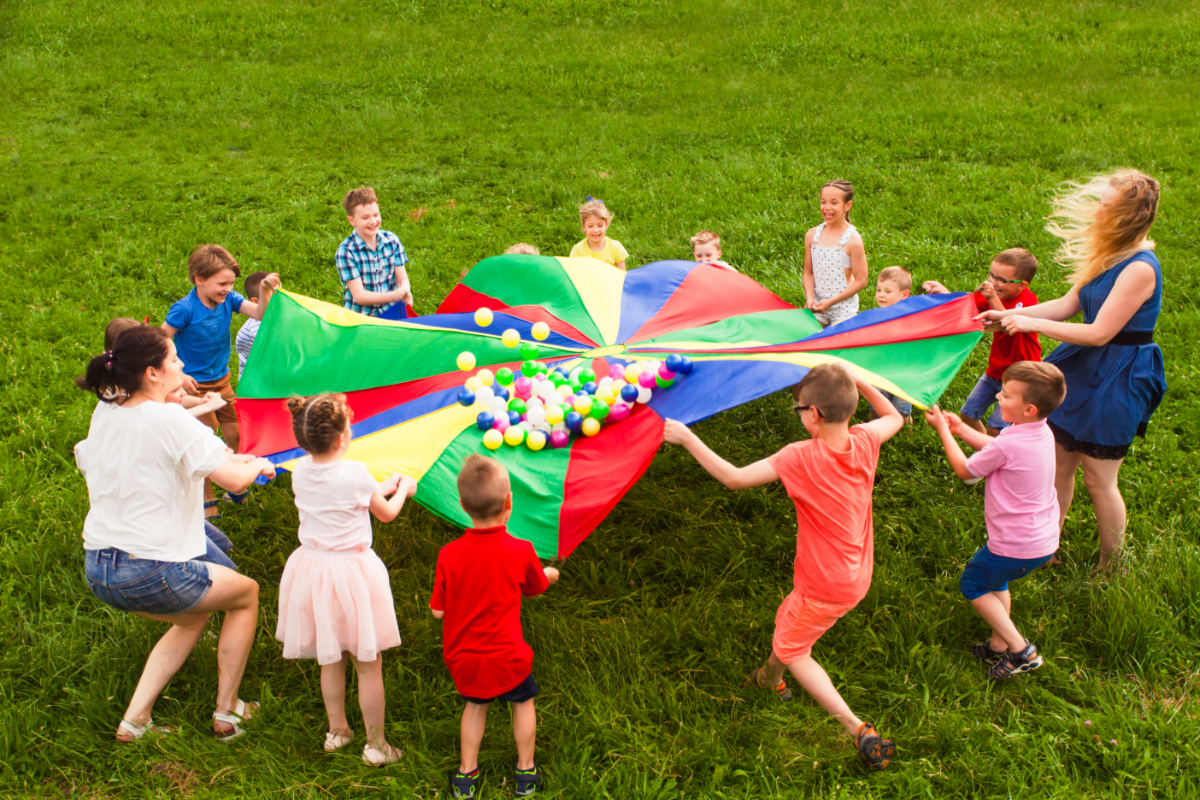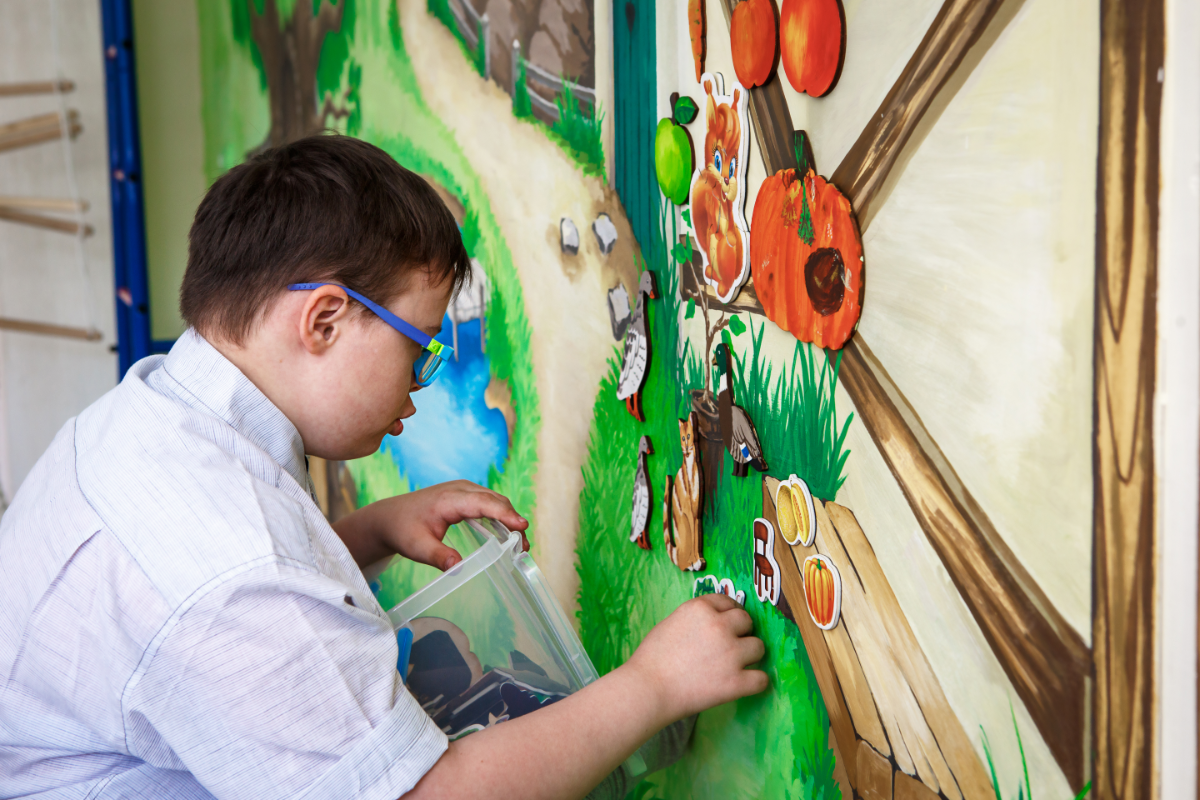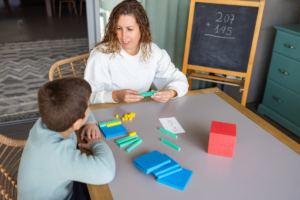
Promoting Oral Language in Early Childhood: A Comprehensive Guide
The ability to communicate effectively through oral language is crucial for children’s overall development. From expressing needs and desires to building relationships and acquiring knowledge, oral language skills lay the foundation for future success in both academic and social settings. In this comprehensive guide, we will explore various strategies and techniques to promote oral language development in the early years of childhood.
Understanding Oral Language Development
Before diving into specific strategies, it’s essential to understand the stages of oral language development in young children. During the first years of life, children go through significant milestones in their language acquisition journey:
- Prelinguistic Stage: This stage begins at birth and encompasses the period before a child’s first meaningful words. It includes cooing, babbling, and other vocalizations that gradually evolve into more structured sounds.
- Holophrastic Stage: Around the age of one, children typically enter the holophrastic stage, where they begin to use single words to convey entire ideas or concepts. For example, saying “milk” to request a glass of milk.
- Telegraphic Stage: As children approach toddlerhood, they transition to the telegraphic stage, where they combine words to form short, two-word phrases. These phrases often omit grammatical elements but convey essential meaning, such as “more juice” or “big dog.”
- Language Expansion Stage: In this stage, which typically occurs between the ages of two and three, children’s vocabulary and sentence structure expand rapidly. They start using more complex sentences, asking questions, and engaging in simple conversations.
By understanding these developmental stages, educators and caregivers can tailor their approaches to support children’s oral language skills effectively.
Strategies for Promoting Oral Language Development
Now that we have a foundation in oral language development, let’s explore practical strategies for promoting it in early childhood:
- Create a Language-Rich Environment: Surround children with opportunities to hear and engage with language throughout the day. This includes reading books, singing songs, and engaging in conversations during daily routines.
- Use Open-Ended Questions: Encourage children to express themselves by asking open-ended questions that require more than a simple “yes” or “no” answer. For example, instead of asking, “Did you like the story?” you could ask, “What was your favorite part of the story?”
- Model Proper Language Use: Serve as a language model by using correct grammar, vocabulary, and sentence structure when speaking with children. Repeat and expand on their utterances to demonstrate proper language use.
- Encourage Storytelling and Pretend Play: Foster children’s imagination and creativity by encouraging storytelling and pretend play activities. Provide props, puppets, and dress-up clothes to inspire imaginative conversations and narratives.
- Engage in Dialogic Reading: During shared reading experiences, engage children in interactive conversations about the story. Encourage them to predict what will happen next, ask questions, and make connections to their own experiences.
- Provide Opportunities for Peer Interaction: Arrange activities that promote peer-to-peer interaction, such as group discussions, cooperative games, and collaborative projects. Peer interactions provide valuable opportunities for children to practice their oral language skills in a social context.
- Utilize Visual Aids and Gestures: Support children’s understanding and expression of language by using visual aids, gestures, and facial expressions. Visuals can help clarify concepts and reinforce vocabulary, especially for children who are visual learners or English language learners.
- Offer Constructive Feedback: When children attempt to communicate, offer specific praise and constructive feedback to support their language development. Focus on their efforts rather than correcting every mistake, and provide gentle guidance to help them improve.
Challenges and Solutions
Despite the importance of promoting oral language development, educators and caregivers may encounter challenges along the way. Let’s address some common obstacles and explore solutions to overcome them:
- Limited Language Exposure: Children from linguistically diverse backgrounds or low-income households may have limited exposure to rich language experiences. In such cases, educators can provide additional support by incorporating diverse books, songs, and activities that reflect children’s cultural backgrounds. Creating partnerships with families and community organizations can also help increase language exposure outside of the classroom.
- Speech and Language Disorders: Some children may experience speech and language disorders that impact their ability to communicate effectively. Early identification and intervention are critical in addressing these challenges. Collaborating with speech-language pathologists and other specialists can help develop targeted intervention plans to support children’s specific needs.
- Lack of Professional Development: Educators may lack training or resources to effectively promote oral language development in early childhood settings. Professional development opportunities, such as workshops, webinars, and peer collaboration, can enhance educators’ knowledge and skills in this area. Additionally, ongoing mentorship and coaching can provide personalized support for implementing evidence-based practices.
- Time Constraints: With busy schedules and competing priorities, educators may struggle to dedicate sufficient time to oral language development activities. Integrating language-rich experiences into existing routines and curriculum can help maximize instructional time. For example, incorporating language-building activities during transitions, meal times, and outdoor play can make efficient use of classroom time.
- Engaging Reluctant Speakers: Some children may be hesitant or reluctant to participate in oral language activities due to shyness or language barriers. Creating a supportive and inclusive classroom environment where all voices are valued can help encourage participation. Providing opportunities for children to share their interests, stories, and perspectives can boost their confidence and motivation to communicate.
The Impact of Promoting Oral Language Development
Investing in oral language development during the early years yields numerous benefits that extend beyond the classroom. Strong oral language skills serve as a foundation for success in reading, writing, and academic achievement. Additionally, proficient communication skills enhance children’s social-emotional development, fostering positive relationships and collaboration with peers and adults.
By nurturing children’s oral language abilities, educators and caregivers empower them to express themselves, advocate for their needs, and engage meaningfully with the world around them. Moreover, fostering a love of language and communication sets the stage for a lifelong journey of learning and discovery.
Conclusion
In conclusion, promoting oral language development in the early years is paramount for children’s overall growth and success. Through intentional strategies, supportive environments, and collaborative efforts, educators and caregivers can cultivate strong oral language skills in young learners. By recognizing and addressing challenges, leveraging effective practices, and celebrating progress, we can empower children to communicate confidently, connect with others authentically, and thrive in all areas of development. Together, let’s continue to prioritize oral language development and unlock the full potential of every child.














Publicar comentário